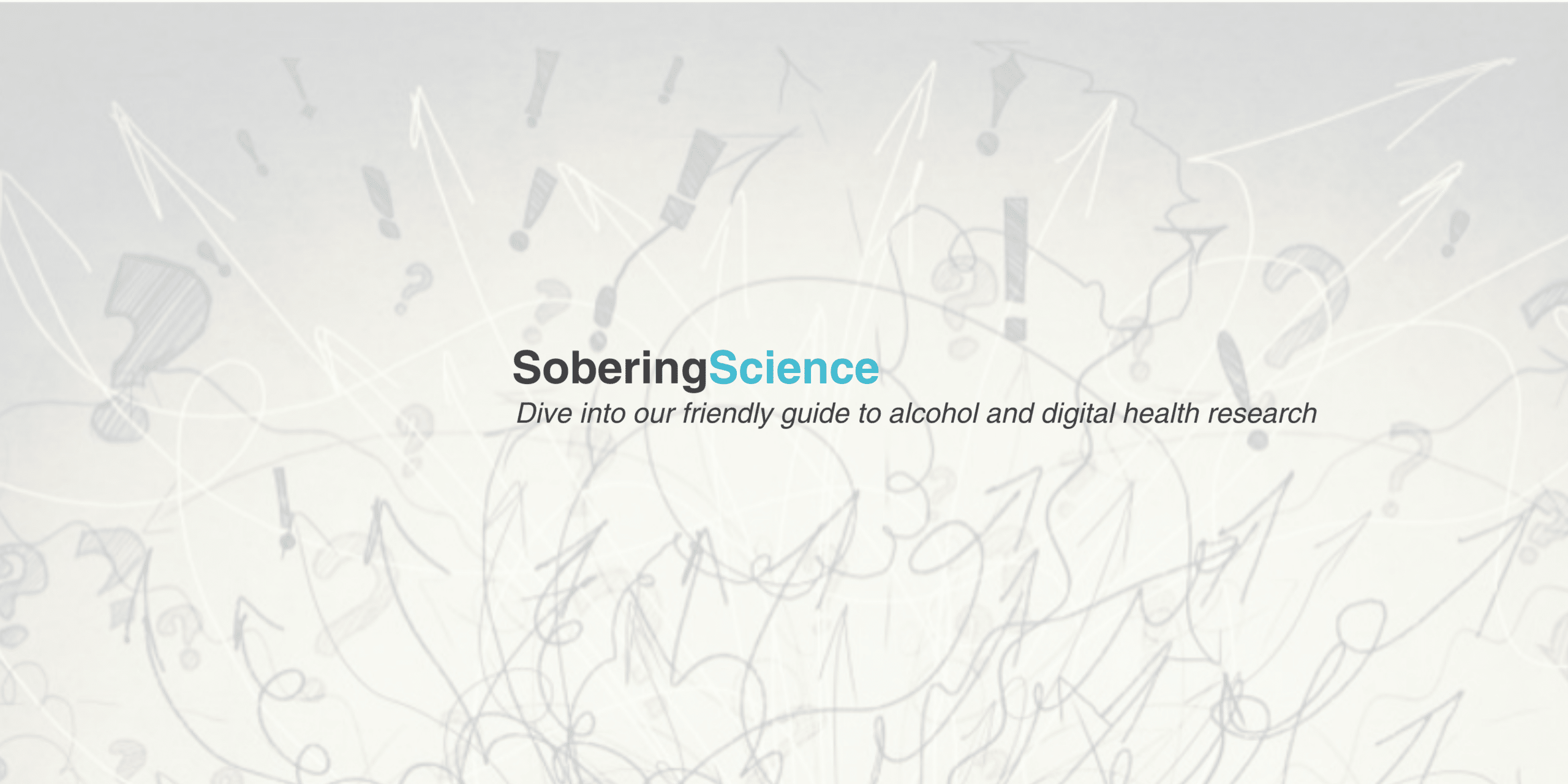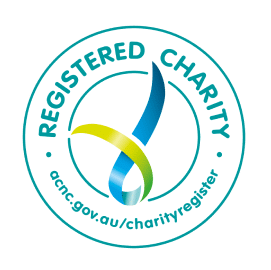
FAQs about quitting alcohol – Understanding alcohol
As we approach the new year, some of us are contemplating about reassessing our relationship with alcohol. Perhaps thinking about taking a break from alcohol next year. To help your decision for a healthier relationship with alcohol, we will be starting a new series on Frequently Asked Questions on quitting alcohol. Each part focuses on a certain theme and our first one is about ‘understanding alcohol’.
Perhaps you have been abstaining or moderating for quite some time – we hope this series will help to refresh your memory and thus reassure and reconfirm your commitment!
Part I - Understanding alcohol
1. How much alcohol is safe to drink?
Alcohol will have an impact on our bodies, whether long- or short term. Hence there is no safe limit to the amount of alcohol consumed. Certain guidelines for harm minimisation from alcohol consumption, such as the one set by the National Health and Medical Research Council (NHMRC), determine standard drinks, recommendations for reducing health risk from drinking alcohol and some guidelines around age group and gender.
According to NHMRC, a standard drink contains 10 grams of alcohol. The types of alcohol and the mixture of drinks does not impact the composition of the alcohol. It can be difficult to measure alcohol in your drink. So here is an infographic guide that might be helpful to have handy.
It is recommended by the NHMRC to drink no more than 4 standard drinks per sitting and no more than 10 standard drinks a week. Depending on your own past health history, gender, age and your life circumstances, we recommend that you consult with your GP and health care professional to discuss what is best for you. Whatever your decisions are, at Hello Sunday Morning, we offer non-judgmental support for you, through our Daybreak app.
2. Ok, now what is NHMRC and ABV?
NHMRC stands for National Health and Medical Research Council. They are an expert body in health and medical research in Australia. They set health guidelines and ethical standards through research funding. This includes a health standard and guidelines for alcohol consumption.
ABV or Alcohol By Volume is a measure used for alcohol, in percentages. You can usually find this on any beverage that contains alcohol. According to Standard 2.7.1 of Food Standard Australia New Zealand (FSANZ), any beverages that contain more than 0.5% ABV sold in Australia and New Zealand must include alcohol labelling. That means that 0.5% ABV is considered an alcoholic beverage.
Each country has its own standard, so a product that claims to be a non-alcoholic beverage in the UK might not pass as such in Australia. It could, however, be considered as a low-alcohol drink. If you would like to read more about our thoughts on zero alcohol beers, we wrote an article about it here.
3. How does alcohol affect our bodies?
There are short- and long-term effects as well as physical and mental health effects from alcohol consumption. Alcohol is absorbed through the lining of the stomach which then enters the bloodstream and travels to the brain. Alcohol blocks chemical signals between neurons1, thus the immediate effects of alcohol are usually evident in our motor system. Alcohol also releases an excessive level of dopamine, giving us the euphoric feeling at the early stage of alcohol consumption.
Short-term effects 2 include dehydration, sleep interruptions, hangovers and poor concentration, to name a few. Some of the long-term effects 2 include cardiovascular disease, cancers, diabetes, nutritional-related conditions, risks in pregnancies, liver diseases, anxiety, depression and long-term cognitive impairment. There is also risky interpersonal behaviour that comes with long-term alcohol consumption, that might affect relational behaviour.
1. https://www.nm.org/healthbeat/healthy-tips/alcohol-and-the-brain
2. https://www.betterhealth.vic.gov.au/health/healthyliving/how-alcohol-affects-your-body
4. What is binge drinking anyway?
Binge drinking is when someone drinks a lot of alcohol in one sitting, or continuously over a number of days or weeks. The Australian Bureau of Statistics defines binge drinking as more than 7 drinks a night for men, and more than 5 for women.
It’s important to realise that these numbers are for standard servings. For example, a can of full-strength beer is actually 1.5 standard drinks, while an average serving of wine is up to 1.8 standard drinks. Therefore it's easy to underestimate how much we are actually drinking.
When we think about binge drinking, we often imagine teenagers or young adults downing pints of beer or spirits, and getting into tricky situations, having to go to hospital, making regrettable decisions and generally being pretty messy. One thing that might surprise you is that, statistically, some groups of older adults are alongside their younger counterparts in being classified as ‘binge drinkers’.
Read our past article on Curbing binge drinking when you’re over 40.
5. What are the first steps to take to stop drinking alcohol?
The first step is to seek medical advice. Then congratulate yourself on taking this courageous step and acknowledge that it won’t be easy but that with the right support you can do this. Choosing to remove alcohol from your life is a long-term commitment.
Below are some practical tips that others have found helpful and that you might find useful on your journey ahead.
- Follow an inspirational and authentic sober figure on social media. If you haven’t already, our social media posts are full of tips and inspirations, so make sure to follow our Instagram and Facebook account.
- Remember to be kind to yourself and aim for a small goal first.
- Find your support person and make sure you have accountability.
- Note your trigger/s and find out more about the time/s where you usually would be likely to drink.
- Look for some replacement behaviours.
Read or watch our video for tips on your first week of alcohol-free lifestyle. Here are some ideas for replacement behaviours.
6. What happens to our bodies when we stop drinking?
There are many health benefits to abstaining or cutting back from alcohol. There are also some risks in stopping suddenly, which are considered dangerous for some people.
The benefits are:
Restful sleep, healthier heart and liver, improved skin, increase in productivity, better engagement in physical activities, better sex and many psychological benefits.
Warning: for some people, giving up can be dangerous
If you’ve been drinking alcohol heavily for a long time you may experience both psychological and physical problems when you stop drinking or seriously cut back. This is called alcohol withdrawal, and the symptoms can range from mild to life-threatening.
If you have been drinking alcohol heavily for a long period of time, you should contact your GP if you plan to quit drinking. You should also seek immediate medical attention if you are already experiencing any of the following symptoms.
Read more about what happens when we stop drinking on our resource here.






Hello, the infographic link isn’t working under – 1. How much alcohol is safe to drink?
Thanks for letting us know, Gill! It should work now.
Otherwise, please use this link: https://www.nhmrc.gov.au/health-advice/alcohol
Hope this article is helpful!
Thank you so much, you’re making me feel great for a decision I made 7 months ago yesterday. I was binge drinking (I’m 42) it was taking its toll and mentally still does. I couldn’t cut back, tried and failed several times. First 7 days felt like years, then weeks became months. It’s not easy at all and I am grateful for every day that I don’t drink. It was the best choice I’ve made, I can’t wait to see my counter on a year, and then 7. Good luck to all, I promise it’s worth it and thank you for shining a light on a common issue.
Well done!